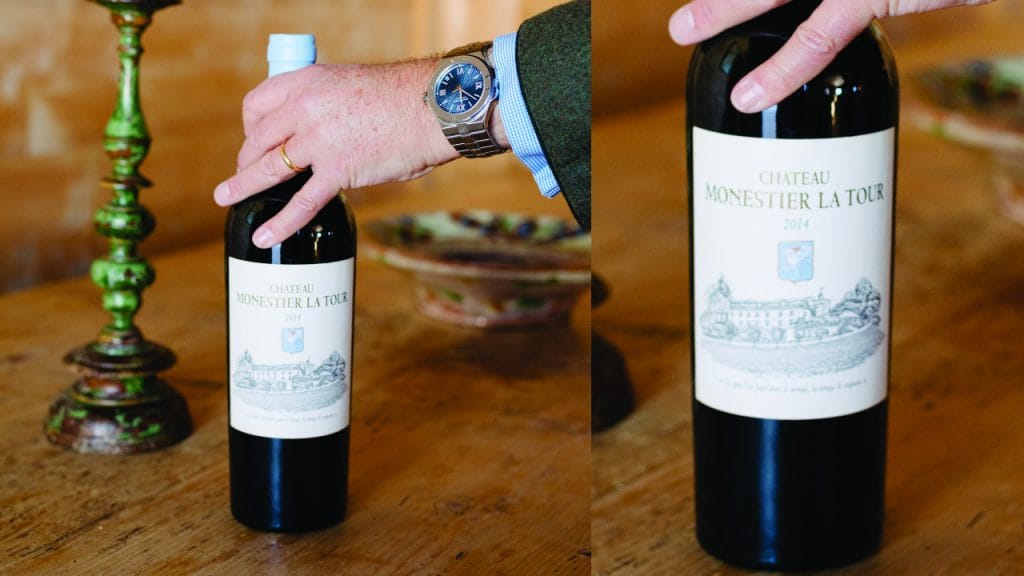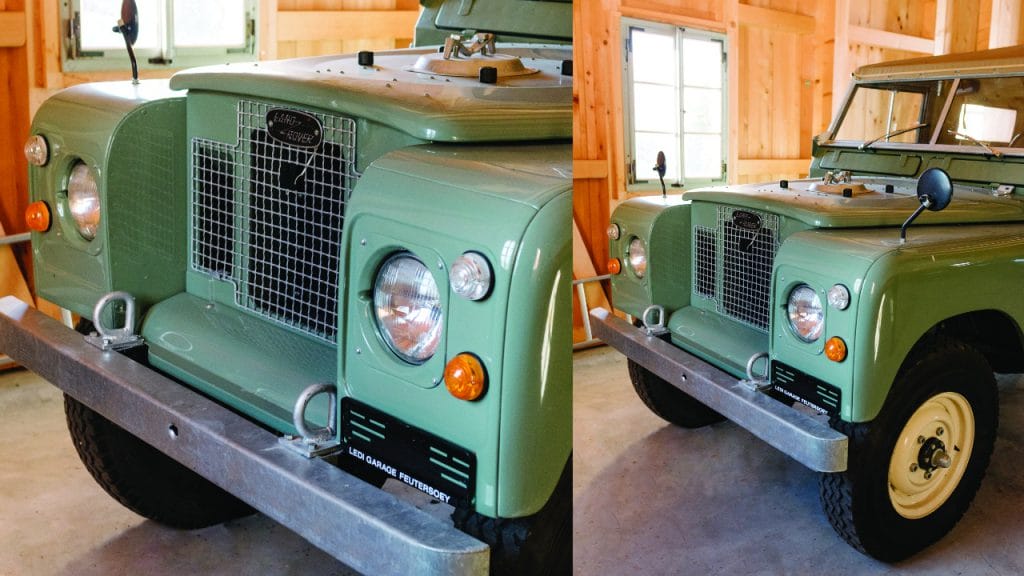You could say Karl-Friedrich Scheufele was born to do what he does. His family purchased Chopard, the venerable 162-year-old Swiss watch manufacture, in 1963, and Scheufele, together with his sister, Caroline, took over from their father, Karl Scheufele III, in 2001. But the siblings had already been hard at work for two decades transforming the company into the high-wattage watch-and-jewelry empire it is today.
In 1980, when Karl-Friedrich Scheufele was just 22, he designed the company’s first steel sports watch, the St. Moritz, so he’d have something to wear on the slopes of the Swiss Alps. In 2019, Scheufele was inspired to revisit the concept and created a reboot of sorts, the Alpine Eagle. It has done so well that it is “presently facing a shortage of product on the market.” When he’s not busy spearheading the development of the company’s next-generation timepieces or planning A-list red-carpet jewelry affairs in Cannes, you can find him unwinding at his traditional Swiss chalet in the snow-covered mountains of Gstaad—Switzerland’s ultra-elite winter playground.
What watch are you wearing?
I wear the Alpine Eagle, but I’ve also been wearing an L.U.C 1860. It’s the very first L.U.C that we introduced 25 years ago. It also contains the first automatic movement that we reintroduced. You can open and close the caseback. Today it’s really a collector’s piece. I’ve been feeling nostalgic because of our anniversary, the 25 years of our manufacture, I took it back out and I’m happily wearing it.

How many watches do you have in your personal collection?
I would say around 30 or 35, at least. But I also keep on wearing prototypes that are going to be launched or even watches for repairs that were complicated for a customer, whom I personally know.
What is something you’ve done recently for the first time?
Recently I finally managed to go black-truffle hunting in the Périgord region, where we also grow wine.
What do you do that is still analog?
I love to read books, magazines, auction catalogs and newspapers.

How do you find calm?
In Gstaad, I like to go skinning, where you walk up the mountain with skins under your skis. When you’re at the top, you take the skins off and ski down. You make a pretty steep effort to get there, and then you have the pleasure of one run down the slope.

What is the most recent thing you have added to your collection?
I added a piece of art that shows the imprint of a hand. I found that very meaningful because of our manufacture. These imprints, which are in metal, will be found in the entrance of our manufacture. It’s by a New York–based French artist named Prune Nourry.
What do you regret not buying?
A pair of floor lamps by a Belgian designer named Emiel Veranneman. He designed them in the ’60s, and I really like the style and finish.
What does success look like to you?
I think success is when you are able to contribute to a better life in general for people you love and that surround you. Success is something I am happy to share with others, because usually the type of success we could talk about in my case is really thanks to a group of people who believed in what they were doing with us and with me. Therefore, I think success is something to share.
Where do you get your clothes?
I used to have a tailor in Italy, but he passed away. He worked until age 85. But now I found someone in Zurich, as of a few years ago, but he’s still learning my ideas. [Laughs] I love to go to all of the shops that are around Jermyn Street in London, the tailors where you would buy everything or the shops with specialty combs and brushes. These specialized stores, unfortunately, are disappearing—stores for umbrellas, hats or caps. So I try to support them. I think London is probably the place where most of them are still left.
Drive or be driven?
I prefer to drive, with some exceptions, like with my friend, the race-pilot legend Mr. Jacky Ickx. But actually, once in a while my wife drives me to the office, so I can look at my emails. We trade places so we can extend our work a little bit.
What is the Karl-Friedrich Scheufele look?
It’s difficult to judge yourself, but probably classical and more on the elegant side. I’m not the type of person who would wear jogging shoes with a suit. But once in a while, when I feel like it, I don’t wear a tie. And once in a while, I don’t shave for two days.
Last piece of advice you gave?
We have a slogan we put on our wine bottles, and the translation is, “What you do with time, time will respect.”

Which car are you most attached to?
My first classic car that I bought many years back. It’s a dark-red Porsche 356 Speedster. It’s the first car I really invested a lot of money in to restore. It was not in great condition, but I still enjoy the restoration process today. It’s a wonderful little car to drive.
Do you own and restore other vintage cars as well?
Oh, you are opening a whole book here! I prefer not to say how many—not even my wife knows! [Laughs] But the oldest car in my collection is a Bentley from 1929. In Gstaad, I keep a Land Rover from 1971 that has been restored to original specifications.

Wine of choice?
We have a vineyard, a wineshop and a wine bar, so we have probably the most impressive choice in Geneva, but the ones I prefer nowadays are organically produced. We went through the transformation at our vineyard to organic or even biodynamic growth. It was quite hard and time-consuming, so I appreciate what all of these wine growers have been going through. But one wine, over the years, that I always liked very much is Haut-Brion from Bordeaux.
What causes are important to you?
Protecting nature and being mindful about global warming and so on is key nowadays. In our field of activity, the sourcing of ethical gold is something we introduced. And we partner with the Eagle Wings Foundation on the reintroduction of eagles in the alpine region.
Bowie or Dylan?
Dylan.
Previously published on Robb Report.




